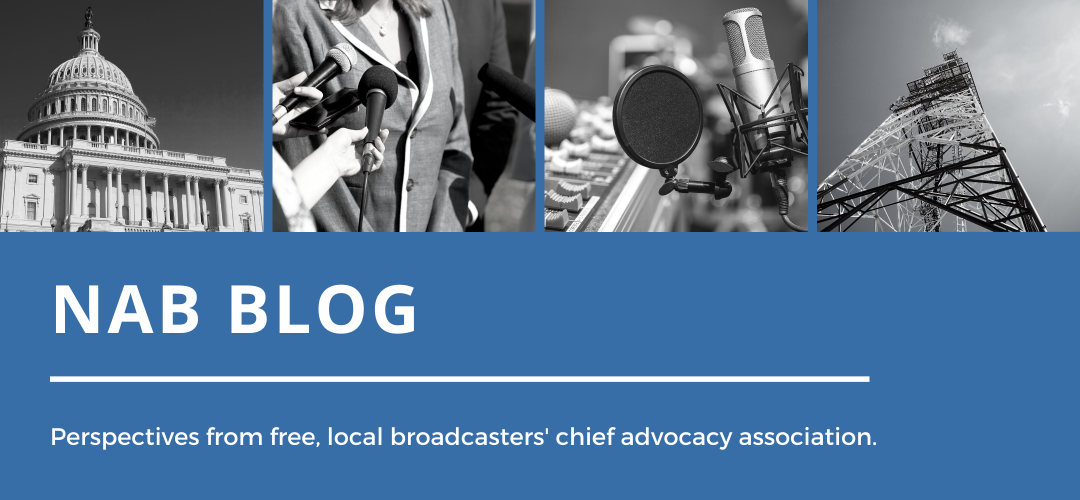On January 6, a demonstration objecting to the certification of the 2020 presidential election turned into a deadly riot in the halls of the United States Capitol.
Reporting from inside and around the Capitol, journalists from broadcast TV and radio to newspapers and digital platforms documented the violence, chaos and panic unfolding in front of them live, on-air and online. With their words and images, they brought home the chilling scenes of this unprecedented assault on our democracy.
Local TV and radio stations across the country brought the news to their communities, along with direct lines to their representatives in Congress.
Rep. Jeff Fortenberry (NE-1) spoke to Omaha’s KMTV from his office near the Capitol as violence was underway, urging that “good people need to get away from here and give police a chance to secure it from those fools who are creating such a threatening environment.”
“I don’t express this much emotion, but this is a tough one let me tell you. It’s frustrating and but it’s an emotional time but people have to understand that we have to continue to do our job,” said Rep. Jimmy Panetta (CA-20) to Salinas, California’s KSBW.
Across the country, South Carolina’s WHNS spoke to their delegation. “This is a sad day in our country’s history,” said Rep. William Timmons (SC-4).
There are hundreds of examples such as these, which illustrate broadcasters’ critical role in bringing information to the public, particularly during times of crisis.
NAB President and CEO Gordon H. Smith reaffirmed this view in an op-ed published today in The Hill on journalists’ heroic work covering this story and the access they need to follow ongoing developments and keep Americans safe. Read more here.


